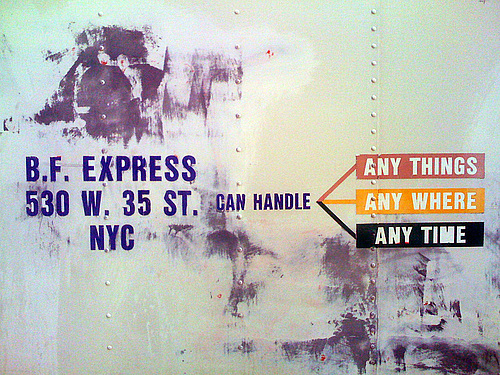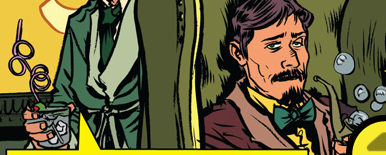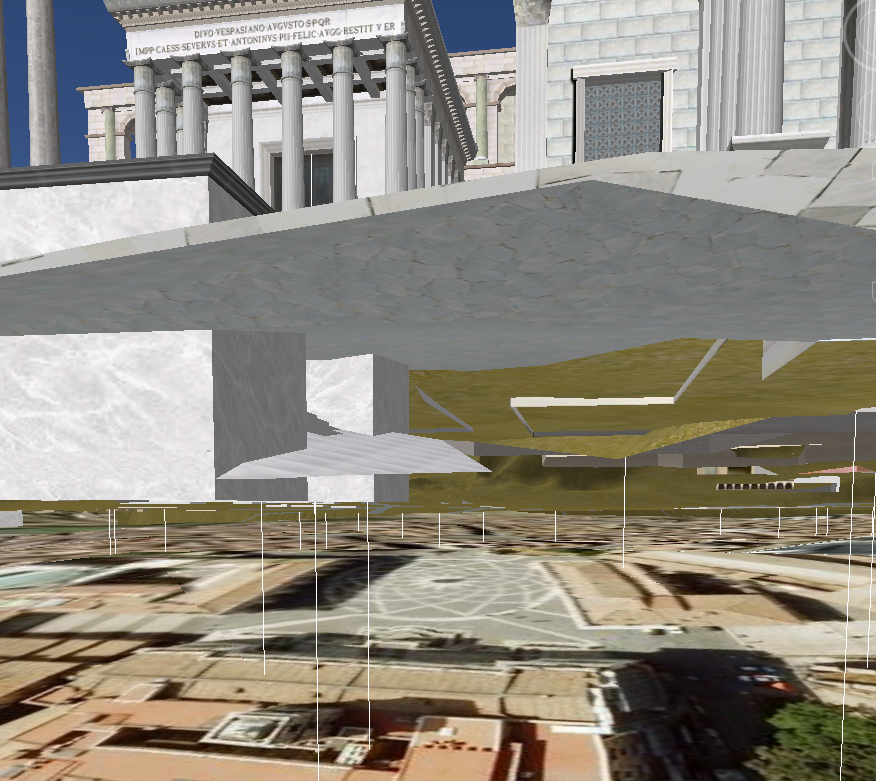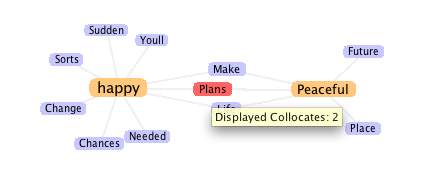 The Pool is a project from the University of Maine new media group, Still Water who also developed ThoughtMesh. It is a collaboration between faculty and students that provides a visual space where ideas can be described (intent), approached and released. (The metaphor is fishing and releasing.) It encourages sharing, rating, and redevelopment of ideas. The have pools for code and art.
The Pool is a project from the University of Maine new media group, Still Water who also developed ThoughtMesh. It is a collaboration between faculty and students that provides a visual space where ideas can be described (intent), approached and released. (The metaphor is fishing and releasing.) It encourages sharing, rating, and redevelopment of ideas. The have pools for code and art.
The Pool offers a very different message. This online environment is an experiment in sharing art, text, and code–not just sharing digital files themselves, but sharing the process of making them. In place of the single-artist, single-artwork paradigm favored by the overwhelming majority of studio art programs and collection management systems, The Pool stimulates and documents collaboration in a variety of forms, including multi-author, asynchronous, and cross-medium projects. (learn more -> purpose)
The Chronicle of Higher Education in New-Media Scholars’ Place in ‘the Pool’ Could Lead to Tenure (Andrea L. Foster, May 30, 2008, Volume 54, Issue 38, Page A10) discusses The Pool as an alternative form of peer review for getting tenure, which rather misses the point for me. What impresses me about this is the collaboration between students and faculty in experimentation around structured collaboration. The Pool could dry up, and some of the code pools seem rather poorly stocked, but that wouldn’t detract from what seems like thoughtful and sustained experimentation with social collaboration. The wiki, Flickr, Facebook and blog models of Web 2.0 social knowledge dominate our thinking about what is possible. The Pool reminds me that we don’t have to adapt successful models, there is room for new ideas. Catch this and release it.






